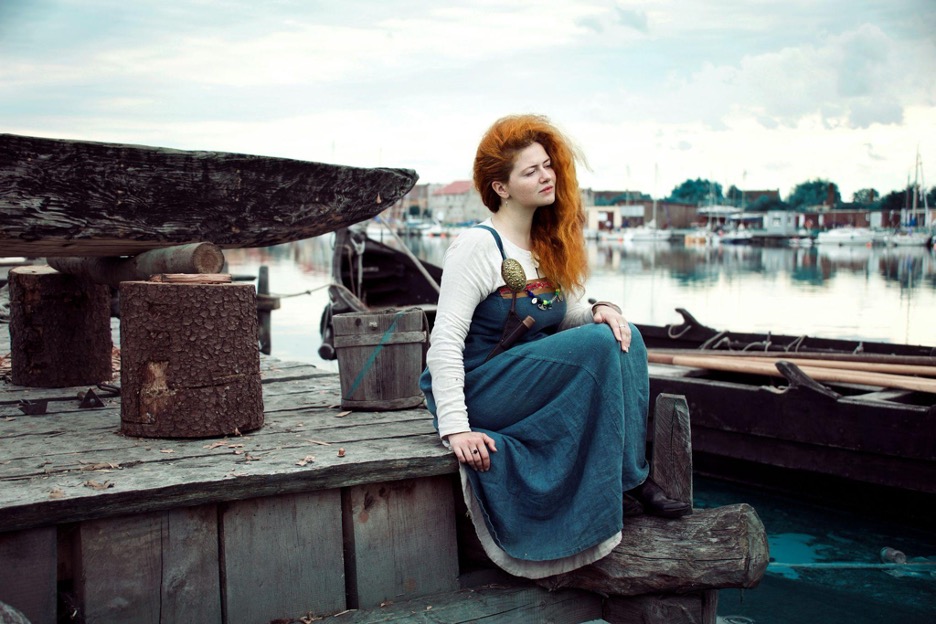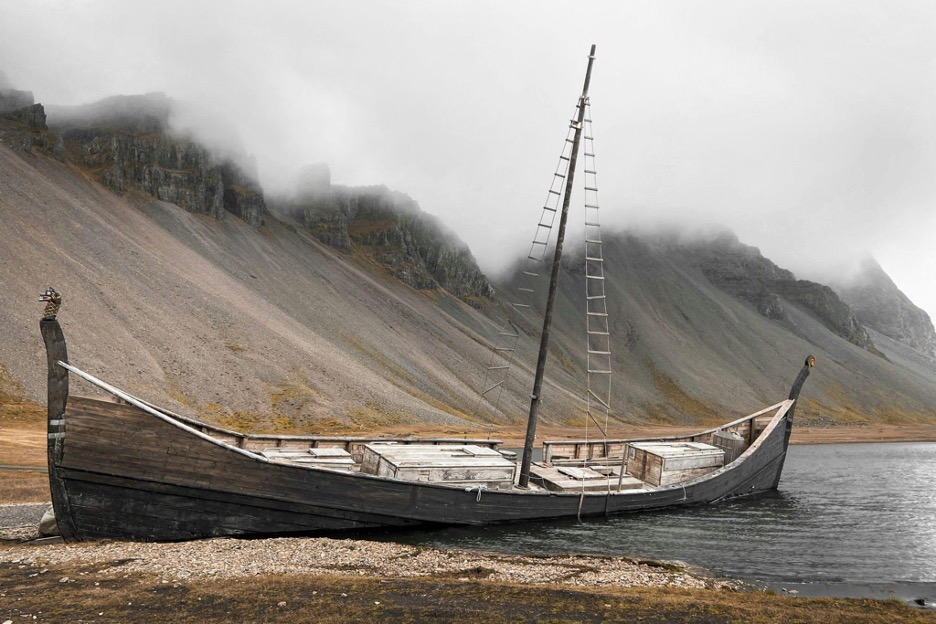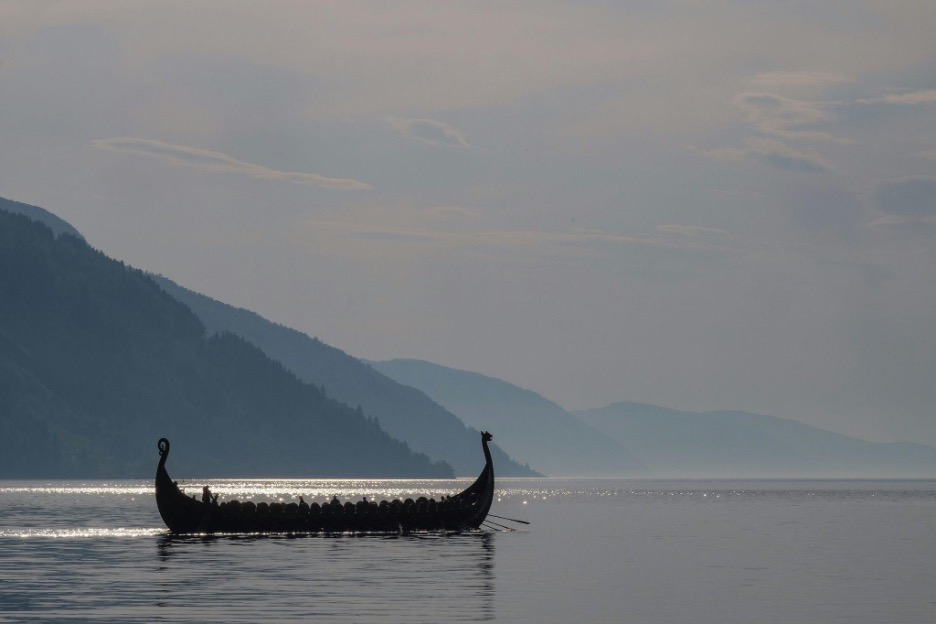Blog
The Viking Legacy: How Norse Culture Influenced Europe
The Viking Age, spanning roughly from the late 8th to early 11th century, was marked by the remarkable expansion of Norse seafarers across Europe and beyond. These Norsemen, often depicted as fierce raiders, were also skilled traders, explorers, and settlers. Their influence on European history, language, and customs is profound and enduring.
A New Dawn in European Exploration
Vikings were exceptional sailors and navigators, using their longships to traverse vast distances across the open sea. They discovered and settled in areas such as Iceland, Greenland, and even parts of North America, long before other European explorers.
Key Viking Discoveries
| Region | Modern Name | Approximate Date of Discovery |
| Iceland | Iceland | 9th century |
| Greenland | Greenland | 10th century |
| Vinland | Parts of North America | 11th century |
Norse traders connected distant regions, from the British Isles and the Frankish Empire to the Byzantine Empire and the Islamic Caliphates. This extensive trade network enabled the exchange of goods, ideas, and technologies. The influence of these ancient trade routes can still be felt today, even in modern entertainment, such as those games found on Clashofslots.com, inspired by Viking legacy.
“Game developers understand how engaging the Vikings theme is for modern gamblers, blending adventure, mythology, and history into an exciting gaming experience.”
Daniel C. White
Linguistic Contributions
The Old Norse language, spoken by the Vikings, had a considerable impact on the languages of the regions where they settled and conducted trade. In England, for instance, the impact of Old Norse on the English language is evident in many everyday words.
Terms such as “sky,” “egg,” “knife,” and “window” are derived from Old Norse. Furthermore, numerous place names in the British Isles, particularly in areas such as Yorkshire and the Scottish Isles, derive from Norse roots.
Common English Words from Old Norse
| Old Norse | Modern English |
| Sky (cloud, abode of God) | sky |
| egg | egg |
| knifr | knife |
| vindauga | window |
The Norse language also influenced the syntax and grammar of the languages it came into contact with. The introduction of certain phonetic sounds and the simplification of grammatical structures in Old English can be attributed to the interactions between the Anglo-Saxons and the Norse settlers.
Cultural and Societal Influences
Norse mythology, featuring a diverse array of gods and grand tales, has captivated audiences for hundreds of years and still impacts modern culture. Stories of gods like Odin, Thor, and Freyja, as well as epic tales like the Eddas and sagas, have been retold and adapted in various forms, from medieval manuscripts to modern movies and literature.
Key Norse Gods and Their Roles
| God | Role |
| Odin | Allfather, deity of knowledge, verse, mortality, and sorcery |
| Thor | Thunder, lightning, storms, oak trees, power, and safeguarding |
| Freyja | Love, beauty, fertility, sexuality, warfare, wealth, and magic (seiðr) |
Viking art and craftsmanship also left a lasting impression on European aesthetics. The intricate designs found in Viking jewelry, weaponry, and woodwork showcase a unique blend of functionality and beauty. These artistic traditions influenced the decorative styles of the regions they settled in, contributing to the development of Romanesque and Gothic art forms in medieval Europe.
The Viking impact is evident in the legal and governance structures of the areas they settled. The Norse concept of the “Thing,” an assembly of free men that made legal and political decisions, was an early form of democratic governance. This practice was adopted and adapted in various forms across Europe.

Architectural Contributions
The longhouse, a communal living structure typical of Viking settlements, influenced the design of buildings in the regions they settled. These longhouses were built to house extended families along with their animals. The construction techniques and materials used in building these longhouses were adapted by other cultures.
Moreover, the Vikings’ shipbuilding technology was unparalleled for its time. The design of the longship, with its shallow draft and symmetrical bow and stern, allowed for greater maneuverability and speed, revolutionizing maritime travel and warfare. These advancements in shipbuilding were adopted by other European cultures.
Viking Longship Features
- Shallow draft for coastal and river navigation
- Symmetrical bow and stern for easy maneuverability
- Lightweight and flexible construction
- Capable of high speeds
Agricultural and Culinary Practices
The Vikings were not only warriors and explorers but also skilled farmers and fishermen. They introduced new agricultural techniques and tools to the regions they settled. The Norse brought with them hardy crop varieties and livestock that thrived in the cooler climates of Northern Europe.
Agricultural Contributions
- Introduction of hardy crop varieties
- Advanced farming tools and techniques
- Efficient land use and livestock management
Culinary practices were also influenced by the Vikings. They introduced new food preservation methods, such as smoking and drying, which were essential for surviving the harsh winters. Additionally, the Norse diet, rich in fish, meat, and dairy products, influenced the dietary habits of the regions they settled in.
Key Viking-Inspired Culinary Practices
- Smoking and drying methods for preserving food
- Emphasis on fish, meat, and dairy in the diet
- Introduction of hardy livestock and crop varieties
The Viking Legacy in Modern Europe
Festivals celebrating Viking history and culture are held across Europe, drawing enthusiasts and scholars alike. Museums dedicated to Viking artifacts and history, such as the Viking Ship Museum in Oslo and the British Museum in London, attract millions of visitors each year.
Moreover, the influence of Viking culture can be seen in modern popular culture. Television series, movies, and books continue to draw inspiration from Norse mythology and history, bringing the stories of the Vikings to a global audience.

Viking-Inspired Popular Culture
- TV series such as “Vikings” and “The Last Kingdom”
- Movies like “Thor” and “The Northman”
- Books inspired by Norse mythology and sagas
Summary of Viking Contributions
Exploration and Settlement
- Discovery of new lands
- Establishment of trade routes
Linguistic Impact
- Influence on vocabulary and grammar
- Norse place names
Cultural Influence
- Norse mythology and art
- Democratic governance practices
Architectural and Technological Advances
- Longhouse design
- Shipbuilding innovations
Agricultural and Culinary Practices
- Introduction of hardy crop varieties
- Advanced farming tools and techniques
Conclusion
The Vikings, often remembered for their raids and conquests, were much more than fierce warriors. They were explorers, traders, and settlers who left an indelible mark on European history, language, and customs. The Vikings’ legacy is strongly linked to contemporary Europe due to their impact on exploration, trade, and their influence on language and culture.

